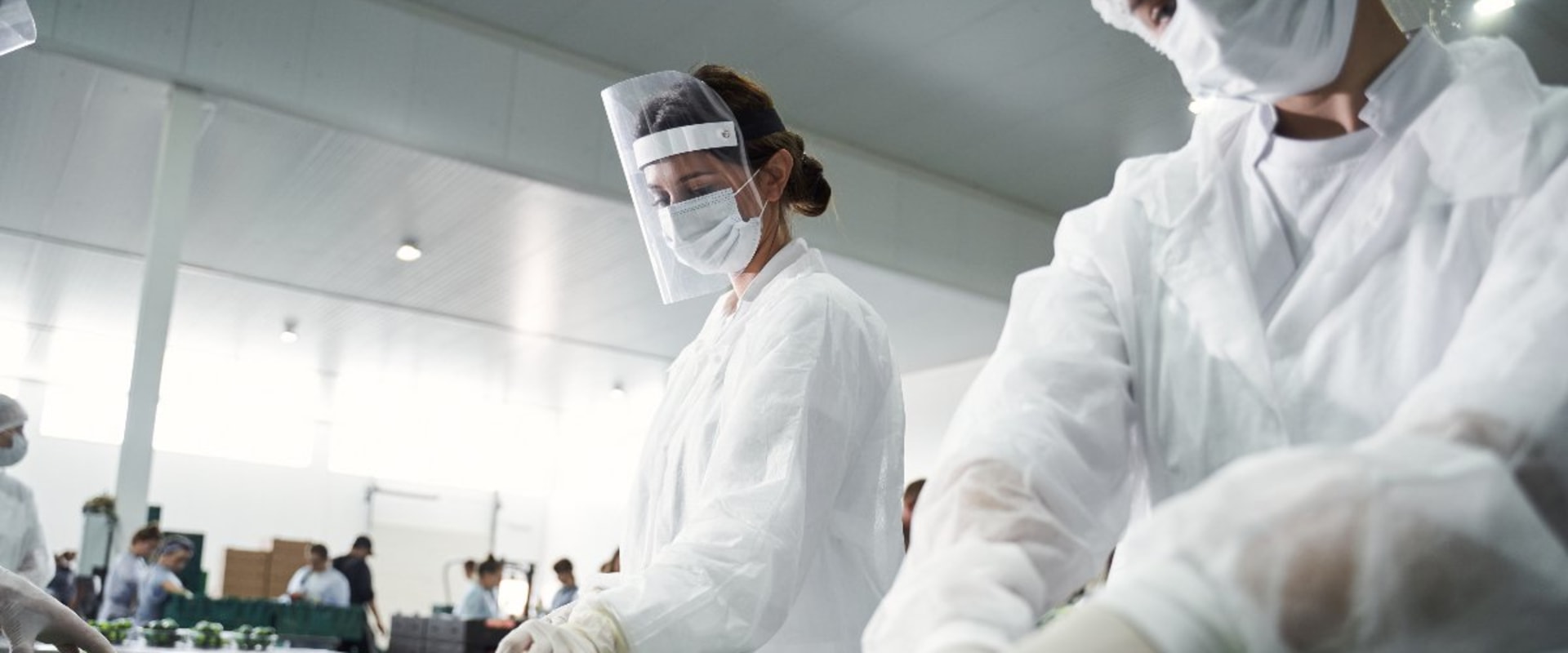Cargill, headquartered in the United States, employs 155,000 people and operates in 70 countries in North America, the Middle East, Europe, Africa and Asia. Have you ever wondered how yogurt came to exist? It all began at the beginning of the 20th century, when Isaac Carasso, a researcher at the French Pasteur Institute, was inspired by the work of Nobel Prize winner Elie Metchnikoff. Yogurt, the resulting invention, became popular in 1919, when Carasso began selling it in pharmacies and emphasizing its health benefits. Danone is named after his son, Daniel Carasso, who was heavily involved in its development.
With brands like Silk and Evian in its portfolio, the company has become a global powerhouse. PepsiCo, headquartered in Purchase, New York, was founded in 1898 by pharmacist Caleb D. When Pepsi-Cola Company and Frito-Lay, Inc. Merged in 1965, the company was renamed PepsiCo.
PepsiCo is one of the largest companies in the world, with products sold in more than 200 countries. PepsiCo, in addition to its eponymous product, Pepsi, is the tycoon behind a lot of brands such as Gatorade, Tropicana and Quaker Oats, to name a few. The company operates in approximately 80 countries and employs about 80,000 people. It operates 126 manufacturing and processing plants in 44 countries.
Overall, during the pandemic, the food and beverage industry performed admirably. While there have been disruptions related to COVID-19, the industry's largest food and beverage company has strong fundamentals and promising long-term prospects. These companies, Nestlé, PepsiCo, Coca-Cola, Unilever, Danone, General Mills, Kellogg's, Mars, Associated British Foods and Mondelea, employ thousands of people and generate billions of dollars in revenue each year. Forget Froot Loops and Frosted Flakes, Kellogg's also owns non-cereal brands, such as Eggo, Pringles and Cheez-It.
General Mills is best known for its cereals such as Cheerios and Cheex, but it also owns brands such as Yoplasit, Hamburger Helper, Haagen-Dazs and Betty Crocker. Best known for its yogurts such as Activa, Yocrunch and Oikos, Danone also sells medical nutrition products and bottled water. Mars is best known for its chocolate brands, such as M%26M, but it also owns Uncle Ben's Rice, Starburst and Orbit Gum. Coca-Cola goes beyond soft drinks, with beverage brands like Dasani, Fuze and Honest Tea.
Unilever's diverse list of brands includes Axe body spray, Lipton tea, Magnum ice cream and Hellmann's mayonnaise. Olam International is a major food and agribusiness company that operates in 60 countries and supplies food and industrial raw materials to more than 19,800 customers worldwide. Olam is one of the world's largest suppliers of cocoa beans and products, coffee, cotton and rice. They are a leading food and agribusiness company, supplying food ingredients to thousands of customers around the world, from multinational organizations with world-famous brands to small family businesses.
They have a team of 87,600 full-time, seasonal and contract employees. Next, we'll examine the agricultural strengths and weaknesses of each of the four major food producers. Supply chain challenges, increases in consumer demand, falling demand for food services, and worker safety issues shaped the industry as a whole, and their effects are still being seen. Dairy Farmers of America completed the acquisition of much of Dean Foods, helping the company grow despite a significant drop in milk prices in the United States.
The food industry is a branch of industry that deals with the processing of food for human and animal needs and its main task is to meet the food needs of consumers. But it's not just about soft drinks; I had no idea that Pepsi's reach extended to food brands like Doritos and Quaker Oats. The food and beverage industry depends on industrial-scale food production equipment ranging from simple ovens and conveyor belts to complex bottling and packaging machines. JBS SA is dedicated to the processing of beef, pork, lamb, chicken and also produces value-added and precooked food products.
ADM has 450 crop procurement centers around the world, more than 300 food and feed manufacturing plants and more than 60 innovation centers. It is the world's largest dairy group and is the second largest food product group in France, behind Danone. PepsiCo experienced substantial growth in its global snack and food and beverage markets, as well as growth in international markets, in both developed and underdeveloped. The company's food revenues account for approximately 55% of its total revenues; the only company in the top 10 with a lower percentage of food revenues is No.
The food and beverage service industry is just as guilty, as Anheuser-Busch InBev collects craft beer brands, such as candy, to expand its range, and the Japanese company Suntory has purchased everything from Maker's Mark bourbon to the Canadian Club whiskey. It loses more than 6 million tons of food every year, while China wastes 50 million tons of cereals a year. It is an American multinational corporation headquartered in Springdale, Arkansas, that operates in the food industry. In his annual letter to shareholders, President and CEO James Quincey summarized what the food and beverage industry has faced over the past year and a half.
. .

Leave a Comment